Ankle Fractures: Surgical vs. Non-Surgical
Aug 30, 2019Richard “Alex” Sweet II, MD
Anatomy: The ankle is made up of two bones, the tibia (shin bone) and fibula (the bone on the outside/lateral aspect). The tibia ends with two bony prominences, the medial (inside) malleolus and the posterior (in the back) malleolus. The fibula forms the lateral (outside) malleolus. At the level of the ankle, the tibia and fibula are held together by a thick fibrous tissue known as the syndesmosis. Typical ankle fractures involve injury to one or more of these structures. Some injuries require surgical stabilization to restore ankle stability while others can be treated conservatively.
Lateral Malleolus Fractures
Lateral malleolar fractures are the most common type of ankle fracture. Isolated lateral malleolar fractures can be treated with or without surgery, depending on their location and placement. Stable fractures treated without surgery can often be safe for immediate protected (in a boot) weight bearing. However, unstable fractures requiring surgery usually need at least 8 weeks of non weight bearing to allow proper healing. Typically these injuries are treated with a plate and screw construct, which supports the bone until it heals.
Medial Malleolus Fractures
Isolated medial malleolus fractures are rare. Much more commonly they occur with a lateral malleolus fracture and are known as Bimalleolar Fractures. These injuries are inherently unstable and require surgical fixation. The lateral malleolus is treated with a plate and screws as usual. However, the medial malleolus is typically treated with screws alone. On rare occasions some medial malleolar fractures still require a plate. This decision is usually made at the time of surgery.
Posterior Malleolus Fractures
Much like the medial malleolus, isolated Posterior Malleolar Fractures are extremely rare. Much more commonly they occur with both medial and lateral malleolar fractures, known as a Trimalleolar Ankle Fracture. Sometimes the fractured posterior malleolus piece is too small to fix with a plate or screws, while other fractures require stabilization. Many times a couple of screws can be passed from the front of the ankle to the back or from the back to the front to hold the fracture. Other times a plate is required to hold the bone and this necessitates an incision in the back of the ankle.
Syndesmosis
On occasion the ligament holding the two main bones of the ankle can be disrupted. This can happen with a fracture of the ankle, but more commonly it occurs in lieu of a fracture. Syndesmosis injuries occurring on their own are discovered prior to surgery and require fixation. Syndesmosis injuries occurring with a fracture can only be found after the bones are stabilized at the time of surgery. After the fractures are stabilized with screws and/or plates, the syndesmosis is tested for stability. A damaged syndesmosis is treated with a strong piece of suture between the two bones. While some surgeons use screws that require a second surgery for removal, this newer technique utilizing a “suture button” requires no further procedures.
Post Operative Course: After surgery most patients are placed into a boot with a sterile dry dressing on the ankle. This boot should be worn at all times for at least a month, even to sleep. The only reason to take the ankle out of the boot is for range of motion exercises and dressing changes.

- Dressing: Changed daily starting on postoperative day #3 until you are seen in clinic. Dry gauze and an ace wrap can be used.
- Staples: Come out at about 2-3 weeks.
- Weight Bearing: Most operative ankle fractures require 8 weeks of non weight bearing. However this could be prolonged based on the injury and the rate of healing.
- Mobilization: Younger and active patients may use crutches, or even a kneeling scooter for mobilization. Older and less active patients may need a walker or even a wheelchair at times.
- Range of Motion: All patients should come out of their boot 5-10 times a day to work on ankle range of motion. This should be done when laying down on the couch or bed for safety. “Drawing the alphabet” with the foot is the easiest way to regain motion postoperatively. Stiff ankles make walking difficult and quite painful once weight bearing is permitted.
- Therapy: You may require physical therapy once weight bearing is allowed. This will depend on your mobility, strength and the injury itself.
- Wound Healing: The foot is inherently dirty with thick, calloused and dry skin. Bacteria hides in the skin cracks and under the toenails. This makes wound healing and infection a major concern. Every effort will be made to minimize this complication before, during and after surgery.
- Long Term: It takes 3 months for the bone to fully heal in healthy patients, nevertheless ankle swelling and stiffness may remain for quite some time. Although ankle fractures typically heal and patients do quite well, most patients can always tell that this “was the ankle I broke.” It never quite gets back to 100% as compared to the uninjured ankle.



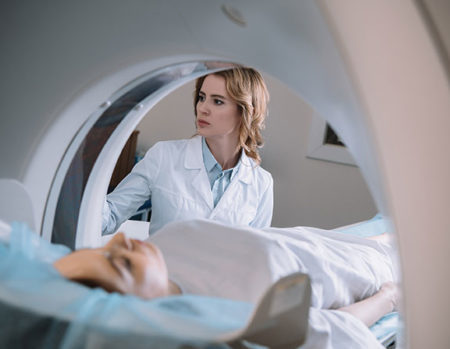 Our patients can receive MRI imaging onsite at both our Louisville and New Albany Clinics.
Our patients can receive MRI imaging onsite at both our Louisville and New Albany Clinics. Providing the latest advances in orthopedic surgery is our specialty.
Providing the latest advances in orthopedic surgery is our specialty. We take a unique, multidisciplinary approach to pain management.
We take a unique, multidisciplinary approach to pain management.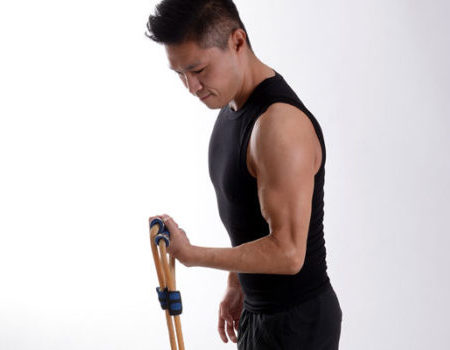 Our physical therapists use advanced techniques to help restore strength and mobility.
Our physical therapists use advanced techniques to help restore strength and mobility. 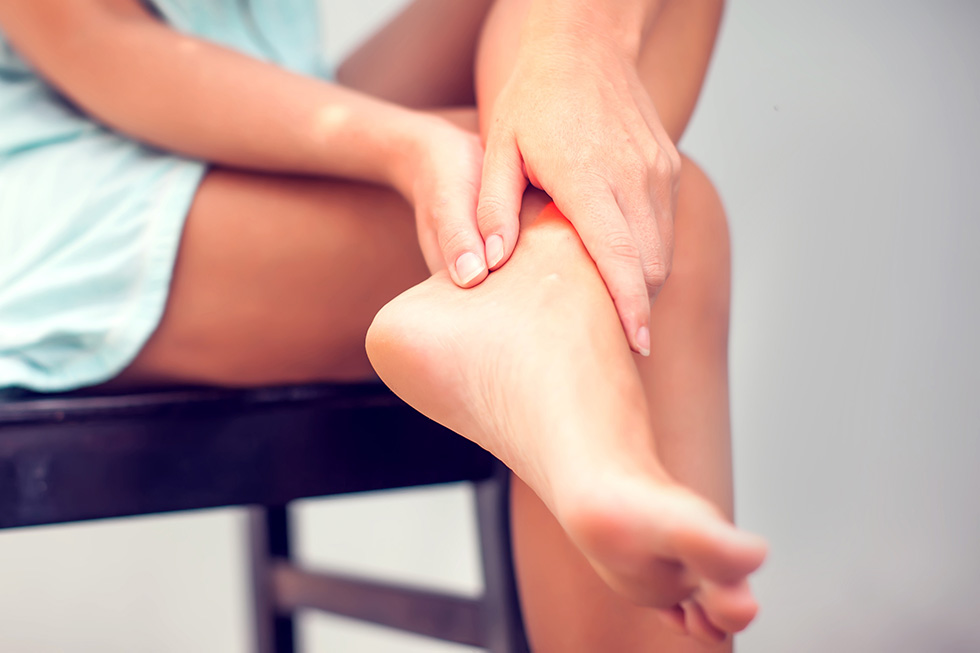 We provide comprehensive, conservative care for a wide variety of foot and ankle conditions.
We provide comprehensive, conservative care for a wide variety of foot and ankle conditions. We offer same- and next-day care to patients with acute injuries.
We offer same- and next-day care to patients with acute injuries.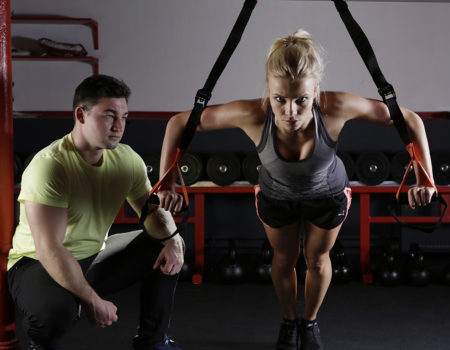 Get back in the game with help from our sports medicine specialists.
Get back in the game with help from our sports medicine specialists. 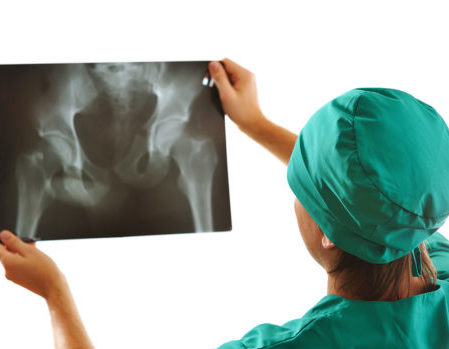 Our centers are equipped with a state-of-the-art digital X-ray machine.
Our centers are equipped with a state-of-the-art digital X-ray machine.